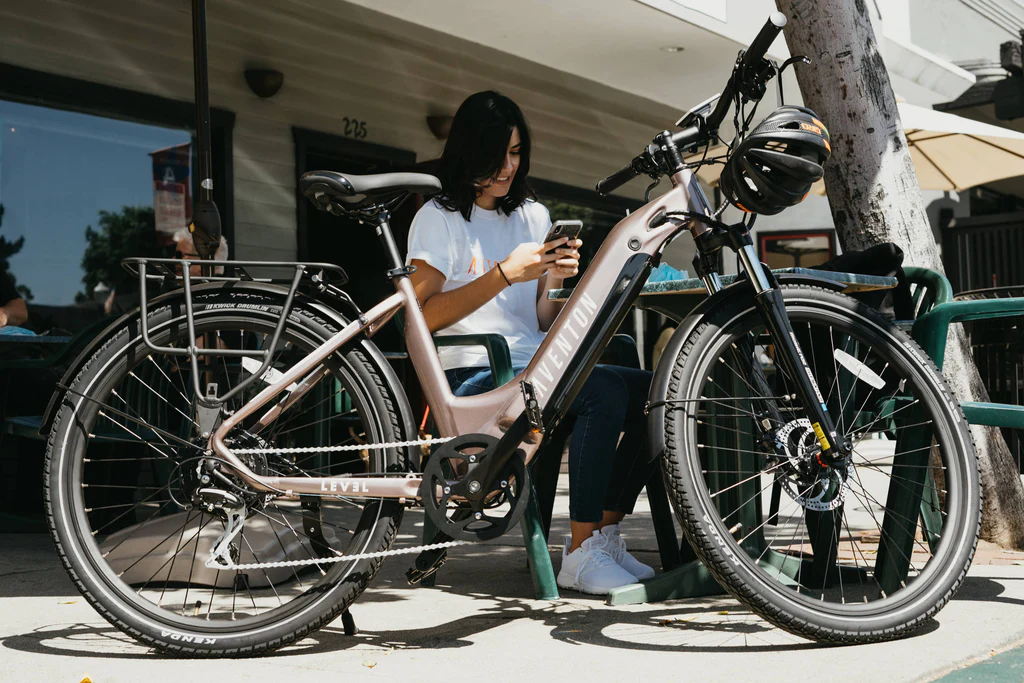Introduction
Electric bicycles, commonly known as e-bikes, have gained popularity as an environmentally friendly and convenient mode of transportation. These bikes are equipped with a battery-powered motor that assists the rider in pedaling, making the ride easier and more efficient. With the increasing demand for e-bikes, the question of how long their batteries last on a single charge becomes more relevant. In this article, we will delve into the factors that affect the life of an e-bike battery and provide tips on how to maximize its longevity.
Factors that Affect E-Bike Battery Life Battery capacity, usage, riding conditions, maintenance, and age are some of the key factors that determine the life of an e-bike battery.
Battery Capacity
The capacity of an e-bike battery is measured in watt-hours (Wh) and refers to the amount of energy the battery can store. The higher the watt-hours, the longer the battery will last on a single charge. However, it’s important to note that a larger battery also adds to the weight of the bike, making it less portable.
Battery Usage
The frequency and duration of usage are crucial factors in determining the life of an e-bike battery. Regular and prolonged use of the battery can cause it to wear out faster compared to occasional use. Moreover, riding in high-power mode, where the motor provides maximum assistance, will drain the battery more quickly compared to low-power mode.
Riding Conditions
The environment and terrain can also impact the battery life of an e-bike. Riding in hilly or mountainous areas requires the motor to work harder, leading to a quicker drain on the battery. Additionally, exposure to extreme weather conditions, such as hot temperatures or heavy rain, can reduce the battery’s performance and longevity.
Maintenance
Proper maintenance and care of the e-bike battery are essential in ensuring its longevity. It’s crucial to store the battery in a cool, dry place, away from direct sunlight and heat sources. Regularly cleaning the battery terminals and avoiding overcharging or discharging the battery can also help extend its life.
Age of the Battery
Like all batteries, e-bike batteries have a limited lifespan and tend to lose their capacity to store energy as they age. Regular use and exposure to harsh conditions can cause the battery to deteriorate faster, reducing its performance and lifespan.
Average E-Bike Battery Life
Single Charge Distance The distance that an e-bike can travel on a single charge depends on several factors, including battery capacity, usage, riding conditions, and maintenance. On average, e-bikes with a battery capacity of 400-500 Wh can travel up to 40-60 miles on a single charge. However, this distance can vary based on the factors mentioned above.
Number of Charges Before Replacement
The number of charges before replacement of an e-bike battery depends on several factors, including usage, maintenance, and age. On average, an e-bike battery can provide 500-1000 charges before needing to be replaced. However, regular use and exposure to harsh conditions can cause the battery to wear out faster, reducing its lifespan.
Maximizing E-Bike Battery Life
Proper storage, regular maintenance, optimal charging and discharging, and limiting exposure to extreme temperatures are some of the key ways to maximize the life of an e-bike battery.
Proper Storage
Storing the e-bike battery in a cool, dry place away from direct sunlight and heat sources can help extend its life. Additionally, avoiding storing the battery in a fully charged or fully discharged state can help prevent damage to the battery cells.
Regular Maintenance
Regular cleaning of the battery terminals and ensuring the battery is charged and stored correctly can help prolong its life. It’s also important to avoid overcharging or discharging the battery, as this can cause damage to the cells and reduce its performance.
Optimal Charging and Discharging
Charging the e-bike battery to its recommended level and avoiding overcharging or discharging can help extend its life. It’s also important to use a quality charger and avoid exposing the battery to extreme temperatures while charging.
Limiting Exposure to Extreme
Temperatures Exposure to extreme temperatures, such as hot temperatures or heavy rain, can reduce the performance and longevity of the e-bike battery. To minimize exposure to such conditions, it’s essential to store the bike and battery in a cool, dry place and avoid riding in harsh weather conditions whenever possible.
Conclusion
In conclusion, the life of an e-bike battery depends on several factors, including capacity, usage, riding conditions, maintenance, and age. Regular use and exposure to harsh conditions can cause the battery to wear out faster, reducing its performance and lifespan. However, by taking proper care of the battery and following recommended charging and storage practices, e-bike owners can maximize the life of their battery and ensure a long-lasting, efficient, and environmentally friendly mode of transportation.
